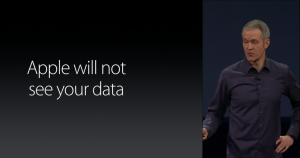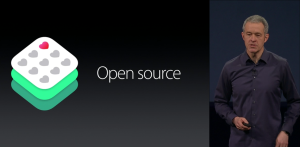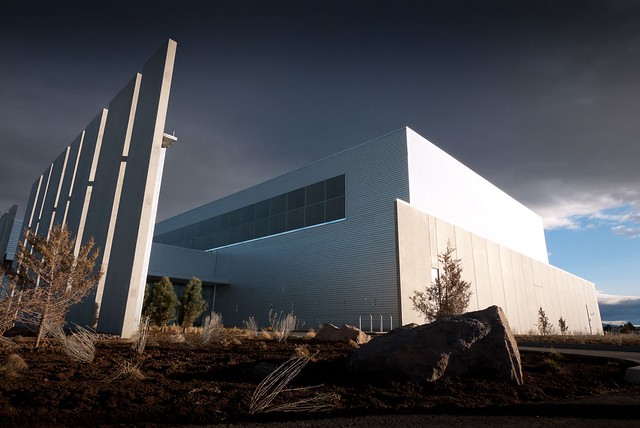We have been talking here on GreenMonk about energy demand management since early 2008, and our take on it has always been that for demand management to work, it will need to be automated. Unfortunately, finding a decent automated demand management solution has proven elusive. In part, the recent rise of the Internet of Things technologies has helped spur more interest and developments in this area.
Last week, for example, we attended the European Utility Week in Vienna, and amongst the many fascinating stands that were there, I came across the Flexible Power Alliance on CGI‘s stand.
The Flexible Power Alliance is an open source software alliance comprised of software companies (CGI, and Accenture), Utilities (Alliander and Stedin), and research organisations (such as TNO). This Alliance has developed a standard called FAN which is a communication layer between devices and energy services, and open source software called PowerMatcher, which helps to match the supply and demand of electricity on a grid.
The software developed with Java and OSGI, is Apache 2.0 licensed, and is available to download (or fork) on Github.
And in the video above, we talk to Alliander DevOps Consultant Alexander Krstulovic, and he demonstrates the software in action on a small microgrid. The software turns up and down the consumption of a bank of LED lights, and changes the price of electricity depending on the realtime availability of energy on the virtual market created by the software.
It is worth pointing out that Alliander has trialled this software in the real world, and are now in the process of commercialising it.






